No fewer than 260 verses in 9 long chapters (#40-48) conclude the book of the prophet Ezekiel, providing a detailed description of a special future sanctuary situated on Jerusalem’s Temple Mount, a.k.a. Mt. Moriah and Mt. Zion. According to this vision, Jewish priests (Kohanim – כהנים) will sacrifice flawless/kosher animals upon a copper altar. Levites will participate in the public worship and the presence of YHWH will abide in the sacred place.
How to understand the meaning and purpose of this picture? Does it refer to a metaphorical, nonliteral site, with figurative actions? Or rather, does it speak about a concrete temple with real worship and a real divine presence?
Who had spoken to the prophet?
Literally, in the Hebrew text we read as follows:
“Thus said God (Adonai) YHWH.“ (Ezekiel 43:18; 47:23)
It could have been only Messiah Yeshua who spoke to the prophet, not His Father in heaven, because “the Father… you have never heard...
Become a Member
-
Read all member content
Get exclusive in-depth reports from Israel.
-
Get exclusive in-depth reports from Israel
Connect with Israel, right from your home.
-
Lift up the voice of truth and hope
Support Jerusalem-based Zionist journalism.

Already a member? Login here.








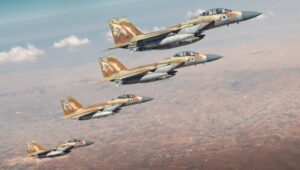
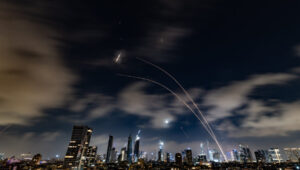
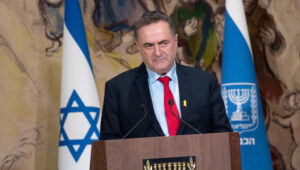
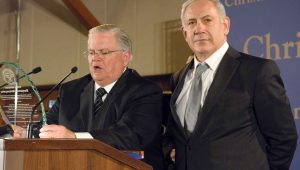
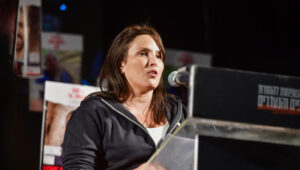
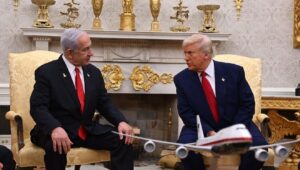


Gershon – nicely done, sir.
Ezekiel 40-48 are some of the most commonly rejected portions of scripture; as most scholars, commentators, and expositors spiritualize all eight chapters and make them figurative. But this portion of scripture has nothing to do with any “temple of the Holy Ghost” (1 Cor 6:19), or any “priesthood of the believer” or “spiritual sacrifices” (1Pet 2:5 & 9), or any “Israel of God” (Gal 6:16).
In the Millennium, there is a Jewish theocracy with a Jewish dictator ruling from the Jewish capital of Jerusalem.
You would enjoy the detailed discussion of Ezekiel 40-42 in “Dispensational Truth”, written by Clarence Larkin in 1918.
I have always wondered about Ezekiel’s Temple. It follows straight after the battle of Gog and Magog.
Does that mean that after all Israel’s enemies are destroyed in the battle of Magog, Israel feels free to build the third temple?
The Lord God of Israel called Himself “the spring of living water” (Jeremiah 2:13, 17:13), and Jesus said, “Whoever believes in Me … rivers of living water will flow from within them” (John 7:38). From these verses, I believe that “river of living water” from the new Temple is to do with the Lord Jesus, and that the river of living water reaching to the Dead Sea and the Mediterranean means the reign of the Messiah King of the Jews, Yeshua, over the people of Israel in the promised land. Hence, “where the river flows everything will live” (Ezekiel 47:9). I also believe that this is partly already happening because it is He who is gathering the remnant to the promised land to fulfil Isaiah 49:6, the first half of which began in 1948, and Isaiah 27:12. I have seen a gigantic Messiah King Yeshua, in my visions three times, sitting on the seat that fit on the walls of the Temple Mount.
Something sprung out at me with reference to John.1-18; 5:37…. I can’t agree.
Much is written in Bible it seems where G-D ( The creator of the Universe ) speaks and it is also written with doubtful translation, who wrestled with God…So if it was G-D then G- D must have been seen… Ambigious translations within Biblical translates to a Theology. ???? ????